Improving Indoor Air Quality in Fresh Camel Meat Processing Units
Camel meat is one of the most consumed meats in Arab countries and an ethnic food consumed across the arid regions of the Middle East countries. Camel meat could be a potential alternative to red meat for human consumption worldwide due to its nutritional profile.
The country with the largest volume of camel meat consumption was Saudi Arabia (~45,065 MT). Moreover, camel meat consumption in Saudi Arabia exceeded the figures recorded by the second-largest consumer, the United Arab Emirates (~38,777 MT), Oman (~11,023 MT) ranked third in terms of total consumption.
Other countries’ production volumes are mentioned below the table.
Top Countries in Camel Meat Production
COUNTRIES | MT |
SAUDI ARABIA | 45,065 |
UAE | 38,777 |
OMAN | 11,023 |
IRAN | 5403 |
YEMEN | 2773 |
QATAR | 2044 |
IRAQ | 2041 |
KUWAIT | 1991 |
SYRIA | 920 |
JORDAN | 717 |
BAHRAIN | 98 |
ISRAEL | 87 |
Meat Processing Methods:
In general, meat is exposed to a series wide range of processes such as curing or preserving processes such as salting, wet pickling, drying, cooking, and canning, etc.
Different pre-treatment methods are also reported to improve meat quality, characteristics, shelf-life, and improving color retention in meats. One of the pre-treatment methods implies the usage of chemical agents i.e., antioxidants. The main purpose of these antioxidants is to improve the quality and shelf life of camel meat.
Researchers also recommended fermentation as another promising technique to enhance the nutritional content and shelf life of camel meat. Fermentation is a metabolic process of reactions brought about by microorganisms that may be present simultaneously and cause chemical changes in organic substrates through the action of enzymes.
In all the processes of camel meat processing, industry professionals are facing a set of tough challenges, and these are mentioned below
- Lack of standards in the industry around the ventilation system
- Knowledge on proper clean air circulation methodologies inside meat processing environment
- Adequate guidance around the indoor air quality standards for the meat processing facility.
Scientific studies have shown long run of recirculation of indoor air around a meat processing facility can lead to the spread of harmful viruses. These studies have emphasized that areas of poor ventilation are the hotspots for the virus presence. These viruses tend to lose for up to 3 hours, which is eventually leading to cross-contamination.
Cross-contamination can lead to production downtime and product spoilage, both of which impact quality product yield and profitability, and may even lead to exposure to the risk of lawsuits.
To address all these facts and challenges, camel meat processing units are recommended to have clean air ventilation, increased air changes in the processing environment, and air filters.
For instance, a well-sealed environment with AAF Saudi Arabia Ltd/ AF International Air Filtration Systems L.L.C Air filtration solutions is ideally positioned to assess a food and beverage facility for room sealing, filtration efficiency, and effectiveness and continuous improvement opportunities.
Optimize Your Filtration and Improve Your Environment
A thorough air filter audit of your HVAC systems is the first step that AAF Saudi Arabia Ltd/ AF International Air Filtration Systems L.L.C takes, to provide you professional guidance and analysis for cost savings and liability reduction. By conducting this audit, we strive to understand your current state and advise you on how your systems could perform even better. This customized air filtration survey costs you nothing and could give you significant benefits by helping you save money, reduce risk, and save time.
Contact:
AAF Middle East: +971 56 173 5522
Website: https://aaf-me.info/
Email : info-me@aafintl.com
Source: https://www.nationmaster.com/nmx/ranking/camel-meat-production

